
Two Wheels South. Due amici, due BMW R80 G/S e tutta l’America Latina.
– Testi e foto di Matias Corea –
Ogni viaggio ha una storia, nel caso di Two Wheels South lunga 12 anni. per tutto questo tempo, il viaggio è rimasto nella nostra testa, ma alla fine, in un anno, l’abbiamo preparato.
Quasi 20 anni fa ho visto la mia prima moto d’epoca. Avevo 18 anni e posso ricordare quel giorno come se fosse ieri. Joel aveva appena ritirato la moto che una volta apparteneva a suo padre da uno dei suoi cugini. La teneva in una vecchia falegnameria nella nostra Barcellona. si trattava di una BMW R60/6 del 1975.
[Every trip has a story and history, and Two Wheels South is no exception, having been 12 years in our minds. It took a year to plan and it was two decades in the making.
Almost 20 years ago i saw my first ever vintage motorcycle. I was 18 and i can remember it as it was yesterday. Joel had just retrieved the bike that belonged to his father from the hands of his cousin. It was stored in an old wood shop in gracia in our natal Barcelona, a Burgundy 1975 BMW R60/6.]
L’idea, il progetto, la scintilla
Joel e io ci siamo conosciuti durante una gita scolastica in Grecia nel 1994, quanto avevamo 16 anni. Eravamo entrambi “scooteristi” e usavamo le due ruote solo come mezzo di trasporto. Sono dovuti passare 9 anni prima che facessimo il nostro primo viaggio insieme nel sud della Spagna.
[Joel and I met on a high school trip to Greece in 1994, we were both 16 years old. At the time we both had scooters, and for many years motorcycling was a means of transportation and 9 years had to pass before they took their first trip together to the south of Spain.]
È stato allora che è scattata la scintilla e l’idea di un’avventura su grande scala. Successivamente mi sono trasferito a New York per avviarmi a una carriera nel mondo del design e le nostre chance di intraprendere il viaggio si sono fatte più deboli. Tuttavia, la nostra amicizia e la passione per la moto sono stati il propulsore di altri due brevi viaggi insieme, tant’è vero che il progetto de’ Il Viaggio cominciava a divenire sempre più chiaro nelle nostre menti. Restavano però ancora tante domande a cui non riuscivamo a dare risposta: Quando? Dove? Per quanto tempo? Con quali moto? E soprattutto: saremmo mai stai pronti?
[There was when a the spark ignited and the idea of a massive adventure started. I moved to NY to pursue other design career opportunities so our chances of traveling together were small. But over the years our friendship and passion for motorcycle traveling kept us focused and we did two more trips together. Every time this trip was becoming more and more real even there was a lot of unanswered questions. When? Where? For how long? What bikes will we take? Are we ready?]
Nel 2015, dopo la scomparsa improvvisa di mia sorella Sol, l’idea che disponessimo di tutta la vita per realizzare uno ad uno i nostri desideri ha cominciato a vacillare. Abbiamo dunque deciso di non posticipare più il nostro sogno e ci siamo dati da fare per progettare il viaggio nei dettagli. Ci stavamo finalmente riappropriando del nostro sogno.
[In 2015, following the sudden passing of Matias’ sister Sol, the idea that we have our entire life to check off our bucket list became a fallacy. We decided not to postpone our dream any longer and start planing. We were stealing back our own dreams.]
La preparazione delle moto
Dopo 6 anni sotto l’attenta sorveglianza dell’abile meccanico e amico Peter Boggia di Moto Borgotaro, sono stato in grado di realizzare la maggior parte della preparazione da solo.
Per noi è stato essenziale diventare il più possibile autosufficienti in modo tale da non dipendere da altri meccanici lungo il viaggio, che potevano conoscere le nostre moto peggio di noi. Inoltre, alle volte non ci sono affatto meccanici che possano aiutarti. L’ultima volta che ho avuto un problema di caricamento della batteria ci ho messo 5 ore a capire come fare a cambiare il rotore. Oggi riesco a metterci mezz’ora se sono lento, compresa una controllata generale al mezzo per assicurarmi che tutto il resto sia a posto.
[After 6 years under the vigilance of master mechanic and friend Peter Boggia from Moto Borgotaro, I was able to do most of the preparation on both bikes for the trip.
To us it was essential to be self-sufficient as much as possible so we’re not at the will of other mechanics with less knowledge of our bikes. And sometimes there are no mechanics to help you… The last time I had a charging issue I was stuck for 5 hours just to realize my rotor was broken. Today I can troubleshoot and replace the rotor in 30 minutes at most, providing that everything goes well…]
Mettere le mani sulle moto vintage
Nel 2010 abbiamo fatto un viaggio a Montreal con un altro amico di nome Bryan. Dopo 5 giorni, sulla via del ritorno a New York, la mia moto ha cominciato a fumare bianco alle alte velocità. Non avevo idea di che cosa fosse e, nel dubbio, ho chiamato il mio fidato meccanico Peter Boggia per un consiglio.
Ascoltarlo al telefono e non capirci niente era a dir poco frustrante. Era frustrante viaggiare su un mezzo del quale non sapevo nulla. Dopo quel giorno mi sono ripromesso che avrei imparato a riparare la BMW, a maggior ragione perché il progetto di una lunga avventura stava finalmente cominciando a diventare realtà. Avevo la necessità di sapermela cavare per strada.
[In 2010 we took a trip to Montreal with my buddy Bryan. After 5 days on the road and coming back to NYC my bike started smoking sporadically at high speeds, I had no idea of what was the cause. I called my trusted mechanic Peter Boggia and asked for advice.
On this picture I’m listening to him on the phone and understanding nothing. It was frustrating to be traveling on vehicles that i didn’t understand. After that day I promised I’d learn to repair my BMW since I knew this trip would eventually come to be a reality and I wanted to be self-sufficient on the road.]
Perché utilizzare delle “vecchie” moto?
Una delle domande alle quali ci capita di rispondere più spesso è “Perché usare due moto di 30 anni in questo viaggio? Non c’è il rischio che si rompano di continuo?”
C’è molta confusione sull’affidabilità delle moto di ormai considerate d’epoca nel loro confronto con le nuove. E si pensa che le moto nuove non si rompano mai. Le moto erano fatte in modo molto diverso in passato: si può con tutta probabilità affermare che fossero fatte meglio. La tecnologia era certamente più semplice, ma più semplice erano anche le riparazioni dal momento che l’elettronica e i computer dovevano ancora comparire sulla scena. Meccanica e ciclistica contemplavano lo stretto indispensabile per portarti in giro. In particolare, i boxer raffreddati ad aria erano progettati specificamente per consentire a chiunque di metterci le mani.
Per noi, le nostre moto hanno anche un carattere e uno spirito che non ritroviamo in nessuna moto di oggigiorno.
One of the most common questions we get are: “Why take a couple of bikes that are 30 years old on such a trip? Won’t it break down all the time?”
[There’s a huge misconception around old vs. new bikes. And it’s that new bikes never break down. Motorcycles were made different in the past, you could say maybe they were better. Technology was simpler but also easier to fix as there is no chips, no pumps or computers that control them. They had the basics to get you around, and specifically the old airheads were designed to make it easy to work on them as the boxer exposes everything.
To us this bikes also have a character and spirit that I can’t find in any modern bikes.]
Il viaggio in numeri
Quasi 50.000 km
2 BMW R80 G/S del 1985
16 paesi
6 mesi
Per noi la moto ha sempre rappresentato un’icona di libertà. Questo significa che potevamo andare ovunque volessimo in ogni momento.
Abbiamo incominciato con dei giretti di un paio d’ore fuori porta che però si sono rivelati presto insufficienti a soddisfare la nostra voglia di trascorrere molto tempo in moto senza guardarci indietro.
[30.000 miles
2 1985 R80 G/S
16 countries
6 months
To us, a motorcycle has always been a true symbol of freedom. It meant we could go wherever we wanted, whenever we wanted.
We started with small trips just a couple of hours out of the city but soon they would become too short leaving us wanting for more and day dreaming about riding one way for a very long time without looking back.]
Perché il continente americano?
I miei genitori Stella e Mario sono Argentini. Sono stati costretti a emigrare in Spagna dopo il crescente pericolo derivante dal colpo di stato del 1976. Fino a questo momento, avevo avuto la possibilità di visitare solo una piccola parte dell’Argentina e i luoghi più noti dello stato di Santa Caterina in Brasile. Per entrambi, il Centro e il Sud America erano dunque terre vergini, completamente sconosciute ma alle quali mi sentivo fortemente legato per “eredità genetica”. Joel ha trascorso un po’ di tempo in Brasile ma non ha visto altro finora, a parte gli Stati Uniti. Non esiste avventura migliore che esplorare l’ignoto.
Inoltre, il vantaggio di essere entrambi di madrelingua spagnola e il fatto che tutto il continente risulti unito via terra, ha reso quest’itinerario una scelta quasi obbligata.
My parents Stella and Mario are Argentinean. They forcefully emigrated to Spain after the increased dangers of the Coup d’etat in 1976. After that I had only visited a small part of Argentina and the area of Santa Catarina in Brazil. For us Central and South America are completely unknown but also full of my heritage and part of my parents idiosyncrasy and by extension, my own. Joel had spent time in Brazil but had never been anywhere else but the US. There’s no better adventure than to explore the unknown.
Having the advantage of speaking the native language and the fact that the whole land mass is connected from Brooklyn to Ushuaia made it an obvious choice.
Strade secondarie
Appena prima che iniziassimo a pianificare questo viaggio, mi trovavo a Buenos Aires per qualche giorno. Trascorrevo il tempo camminando per ore e ragionando su come le grandi città del mondo fossero incredibilmente simili l’una all’altra. Le città fanno a gara per dimostrare quale ha più negozi, marche di abbigliamento, ristoranti, teatri, automobili. Ma che cosa fanno le persone in queste città? Che cosa le rende uniche?
Questo pensiero mi è frullato per la testa un bel po’ guidandomi verso una forte presa di coscienza: se vogliamo veramente conoscere il carattere di ciascun paese che visitiamo e delle persone che lo abitano, dobbiamo allontanarci dalle capitali. La campagna e i piccoli centri sono lo scrigno delle radici culturali di un determinato luogo. Come il regista Wim Wenders e il fotografo Sebastião Salgado ci insegnano, le persone sono il Sale della Terra.
Ho dunque capito che per raggiungere le parti più autentiche di un determinato luogo, avemmo dovuto avventurarci in strade secondarie, quelle stesse strade che le persone, il Sale della Terra, utilizzano tutti i giorni per i loro spostamenti.
[Right before starting to plan this trip I was in Buenos Aires for a few days. I was walking around for hours, feeling the homogenization of the capitals. I felt that every city wants what the other has, shops, brands, restaurants, music, cars. In this world of connectivity we see what we lack but it’s harder to see what we do, which it’s what makes us unique.
I thought about it for a while and came to the conclusion: If we wanted to truly understand the individual character of every country and its people, we were going to have to navigate far from the capitals. The country side, the cultural roots, the unmolested landscapes, have to live outside the fast-paced, homogenized metropolis. The true character of a country lies in its people, its culture, as Wim Wenders and Sebastião Salgado put it: “[…] after all, people are the salt of the earth.”
So it became clear that to reach the deeper parts of every country we would have to adventure ourselves into the country side through mostly secondary roads, the roads that every working man and woman use every day to move though the land.]
Photo Credits: Two Wheels South
Website: www.twowheelssouth.com
Facebook: www.facebook.com/TwoWheelsSouth
Instagram: www.instagram.com/twowheelssouth
Ti potrebbe interessare anche...
Entra nel giro
Ricevi in anteprima le nostre ultime notizie.

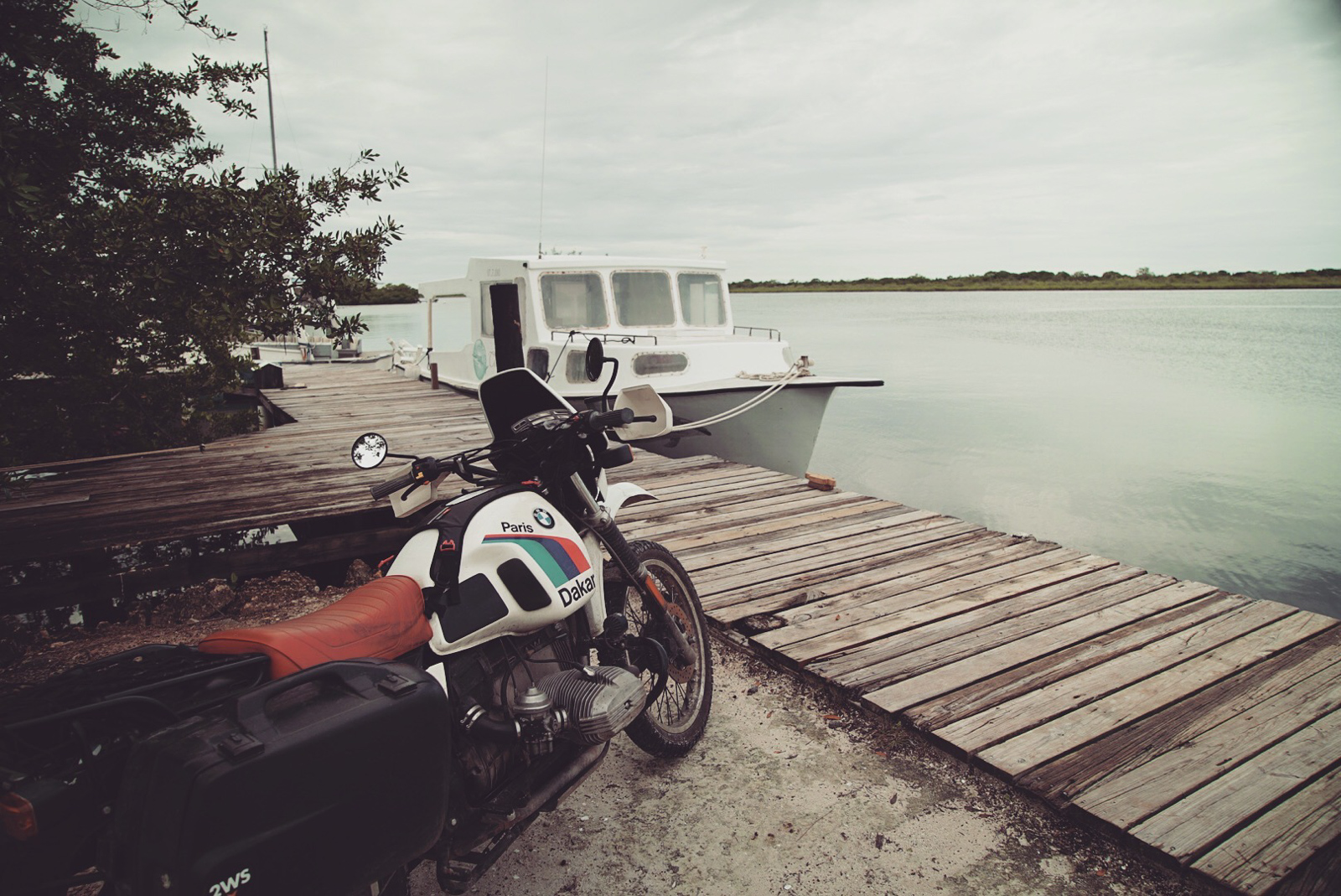


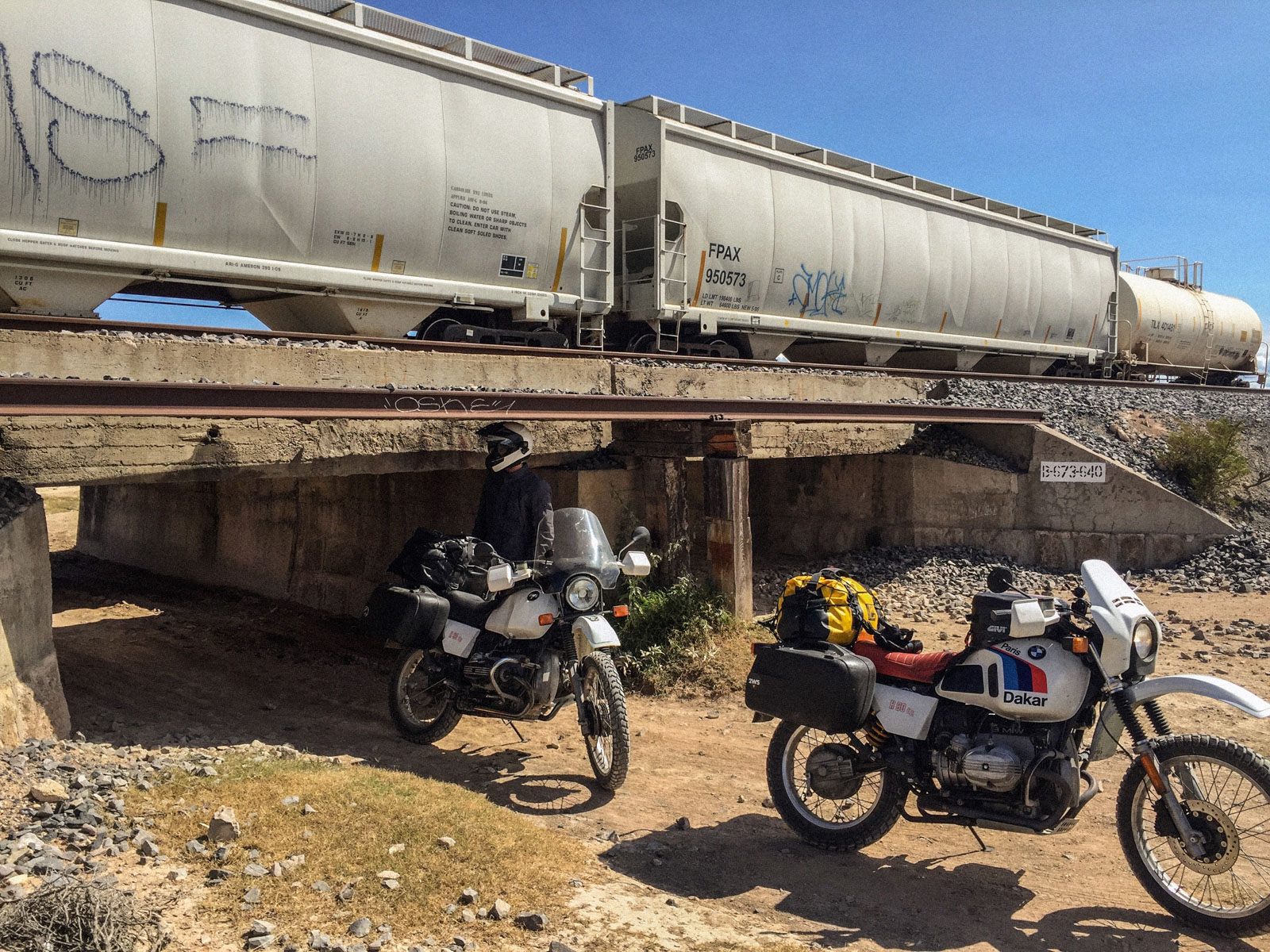
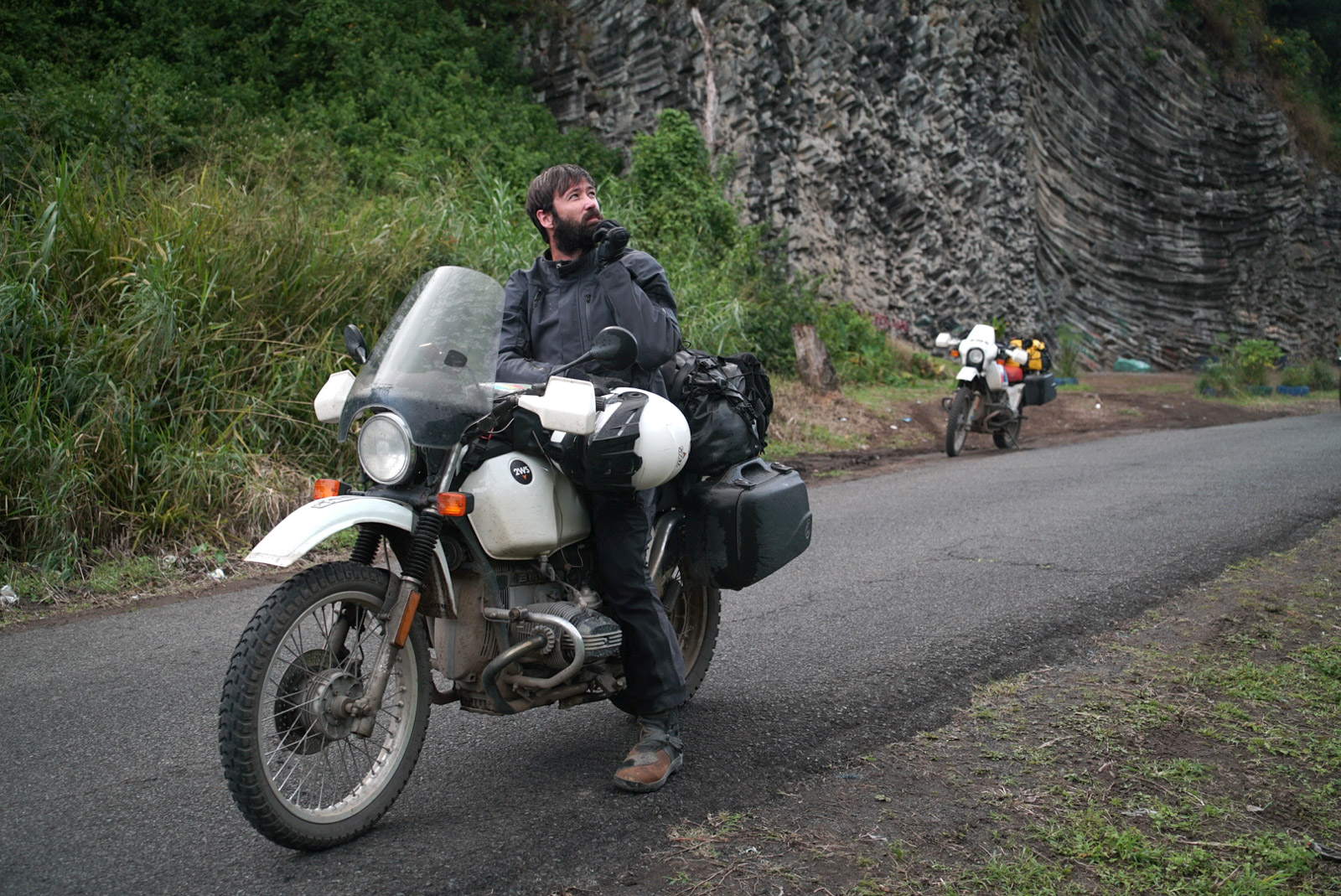



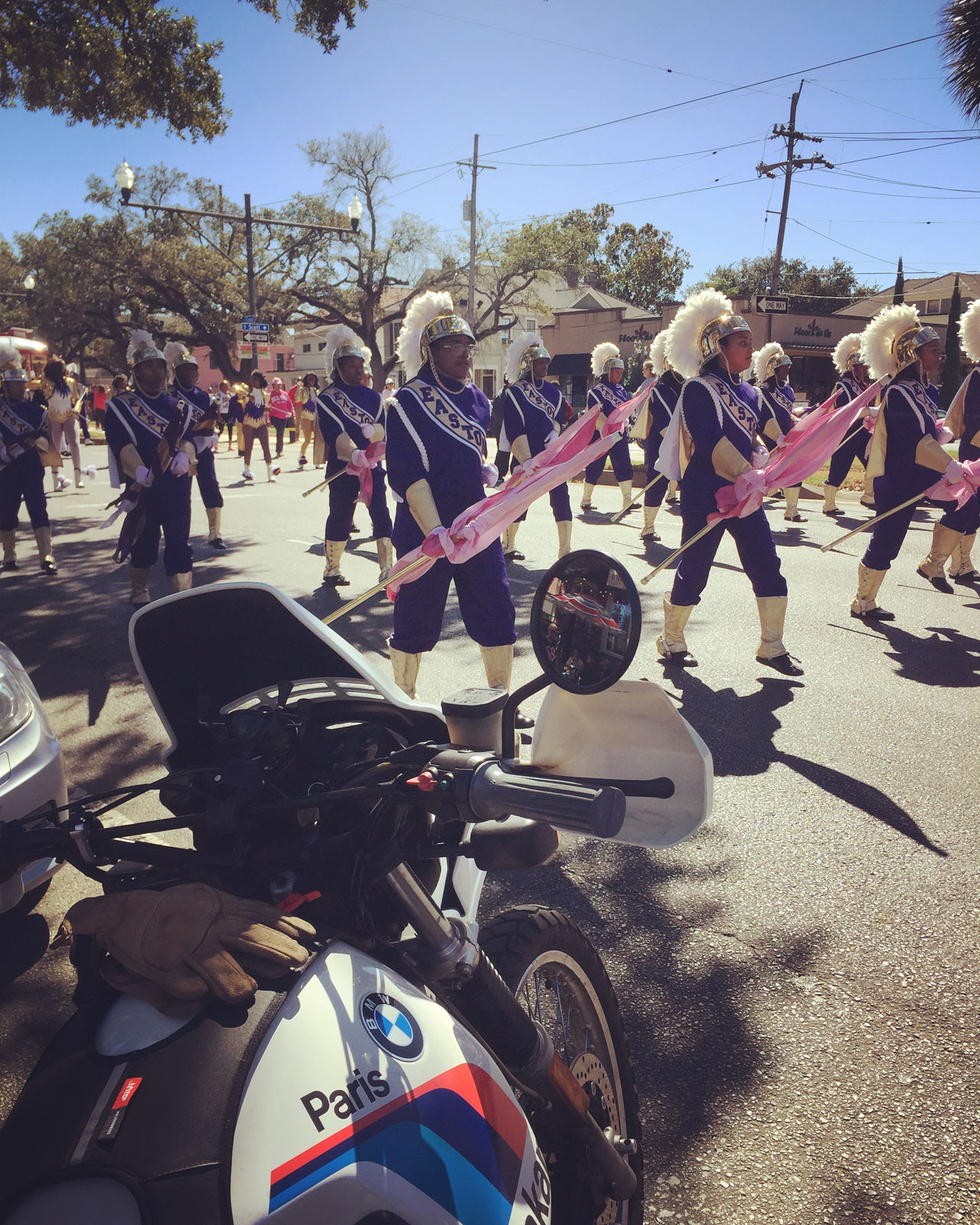

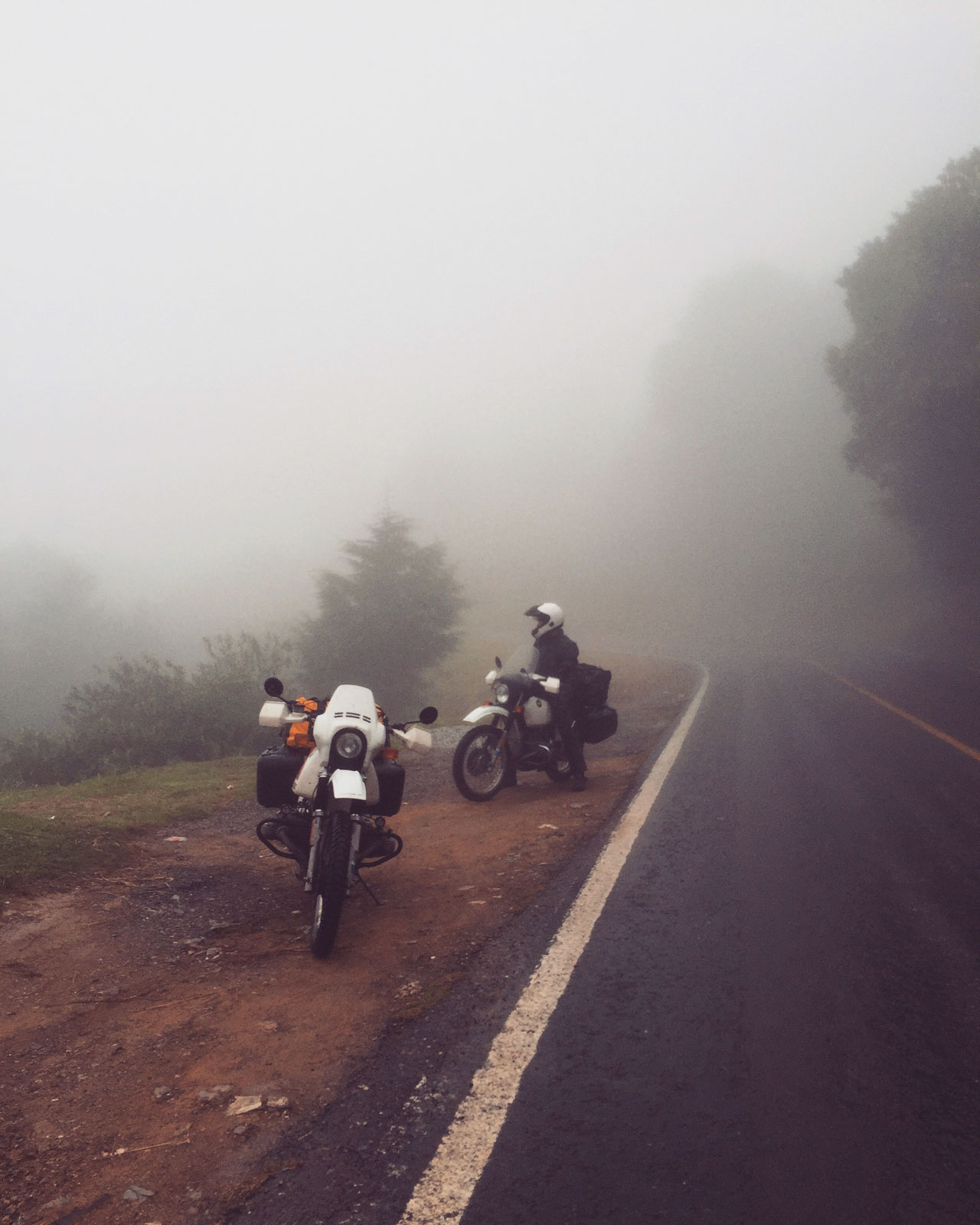


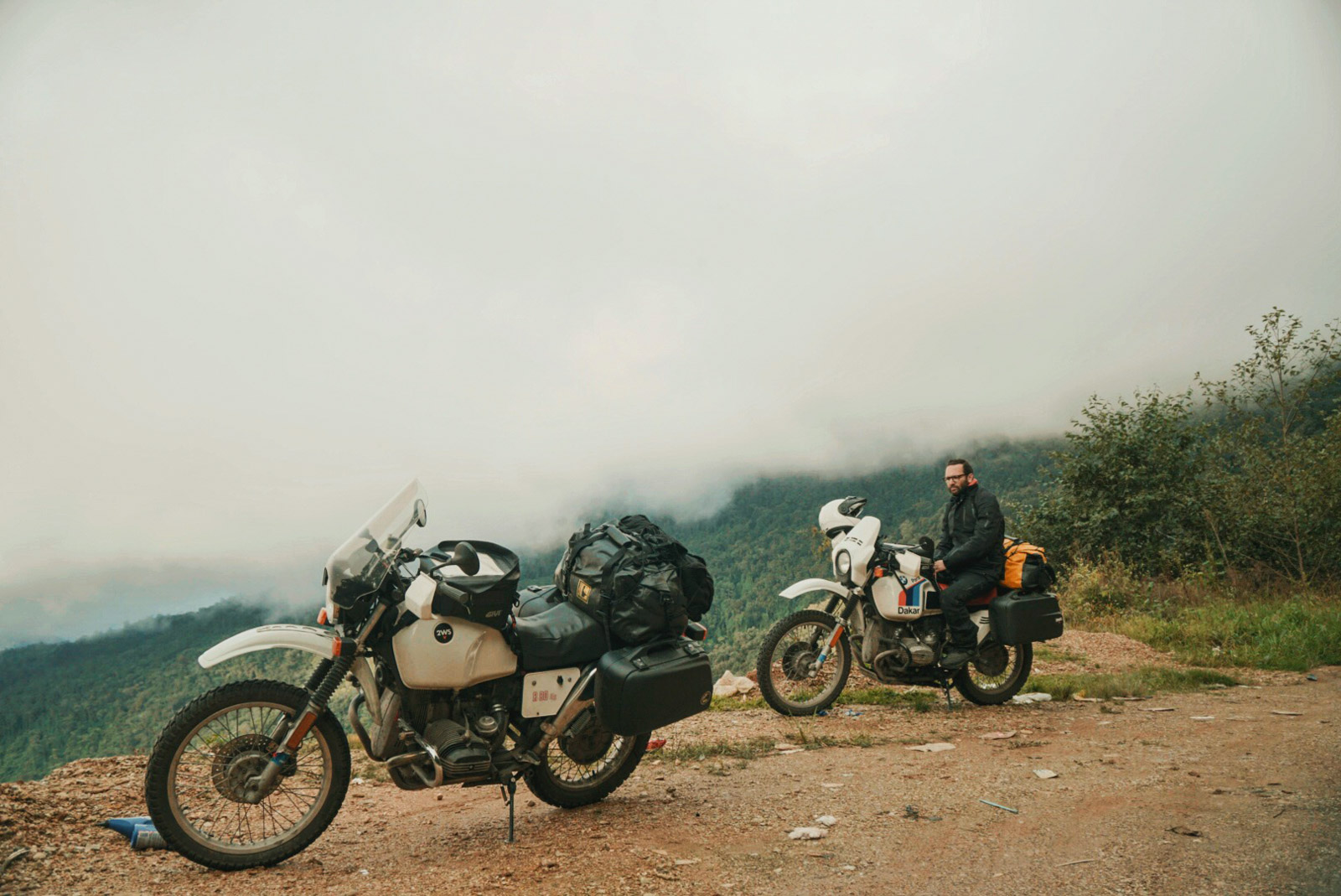



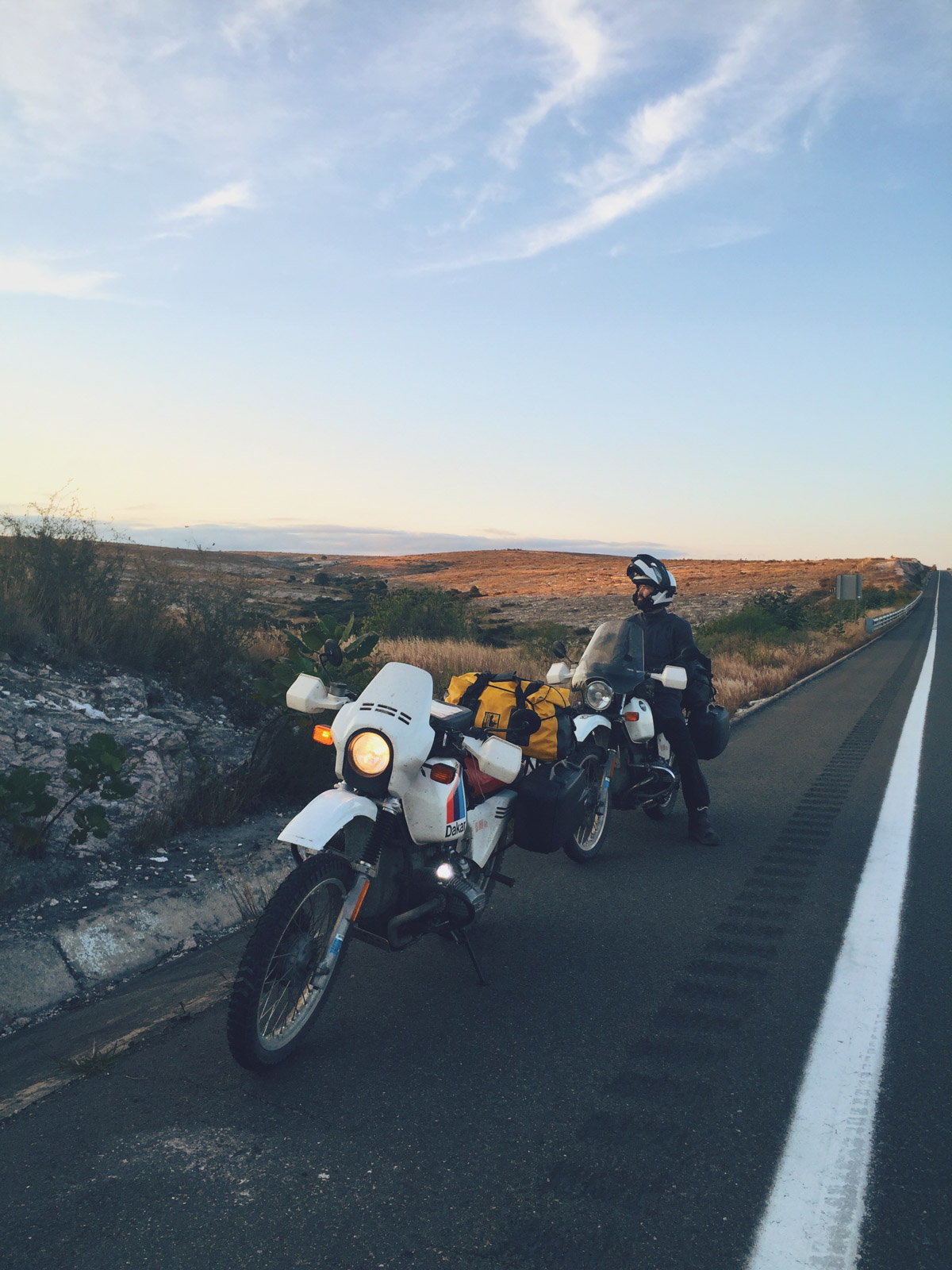
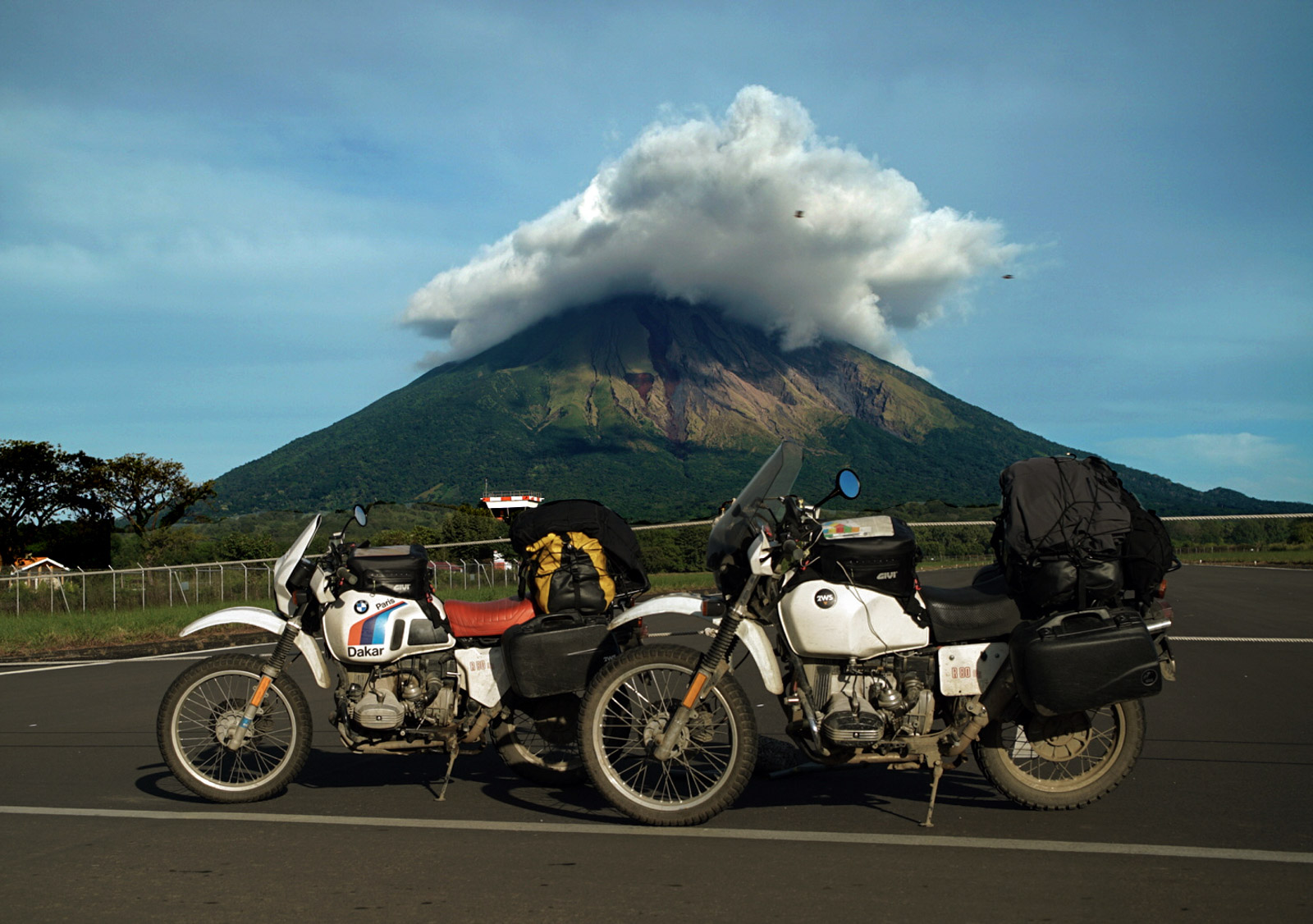

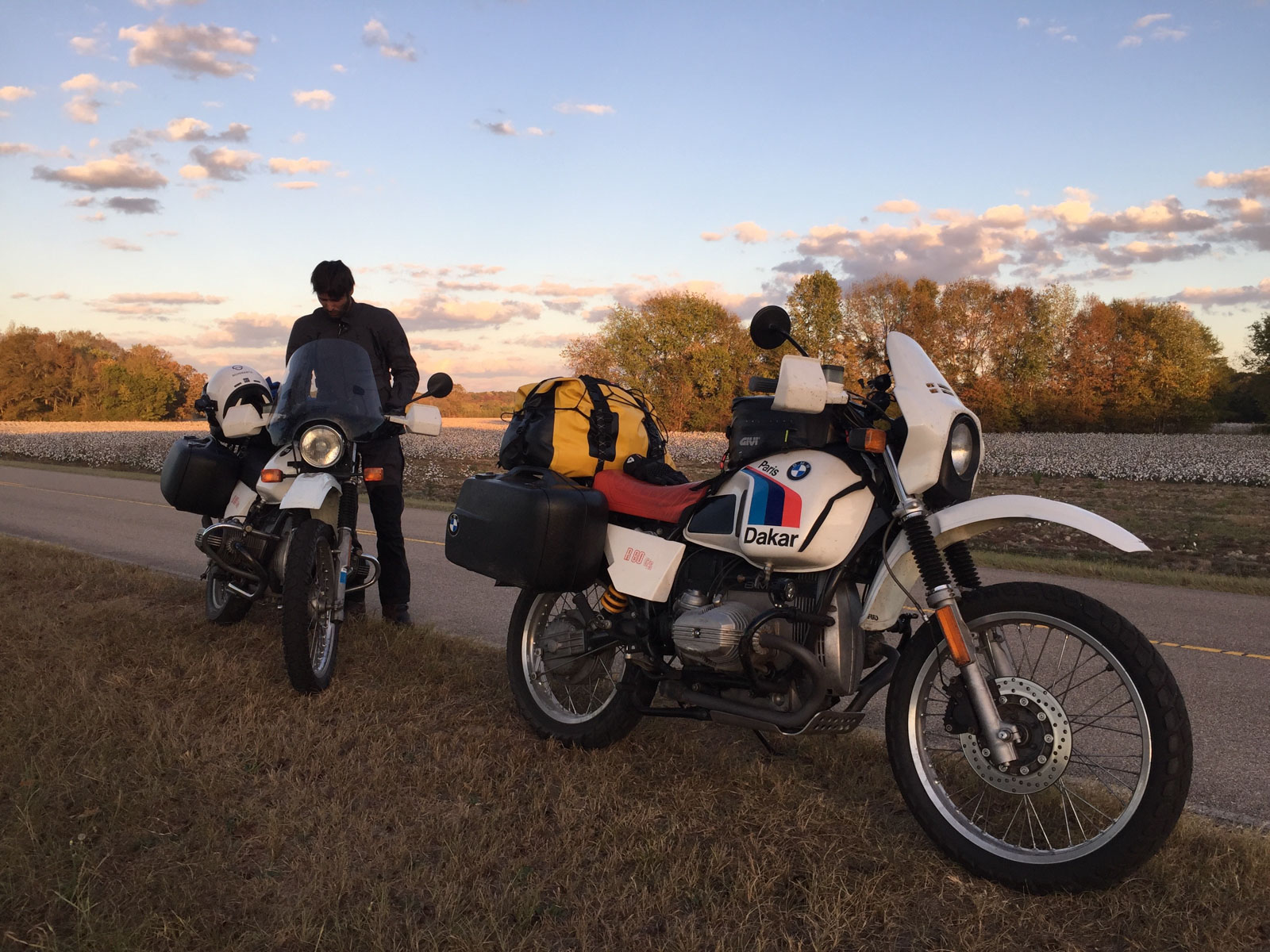
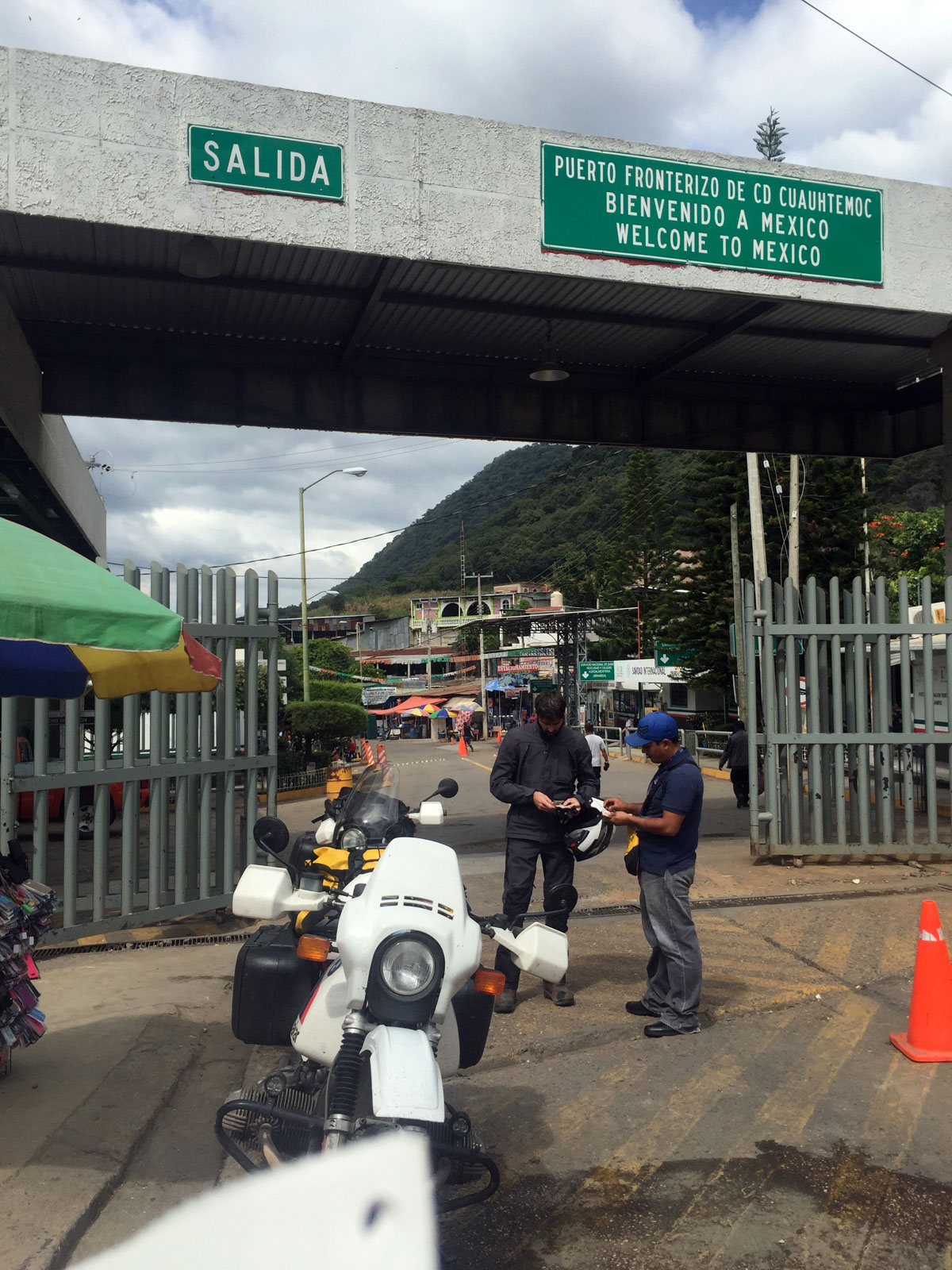



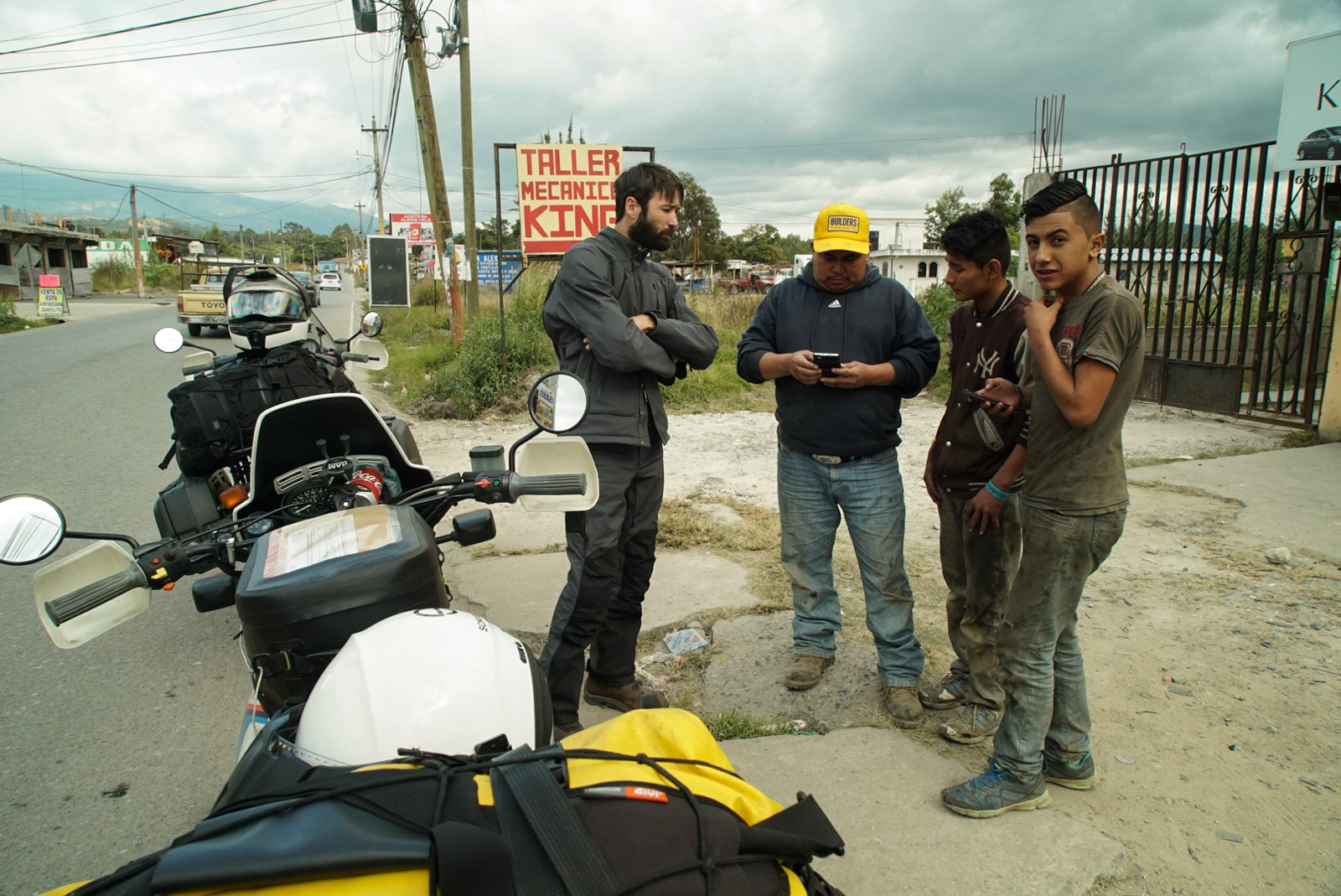








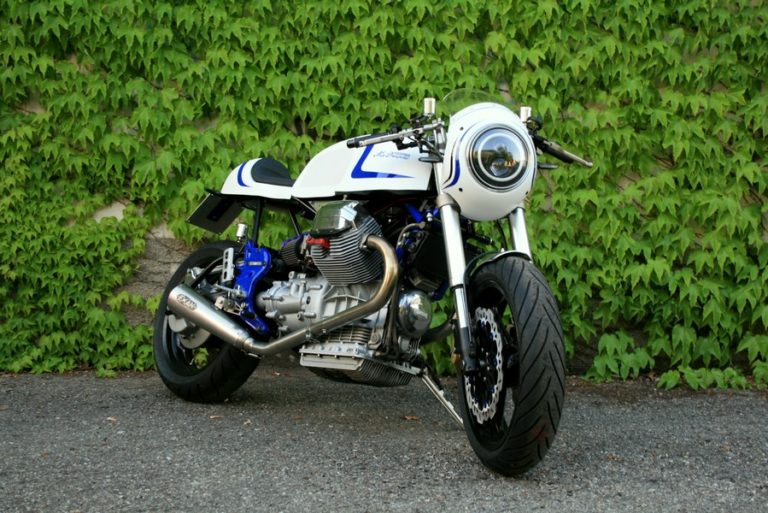











Commenta con Facebook